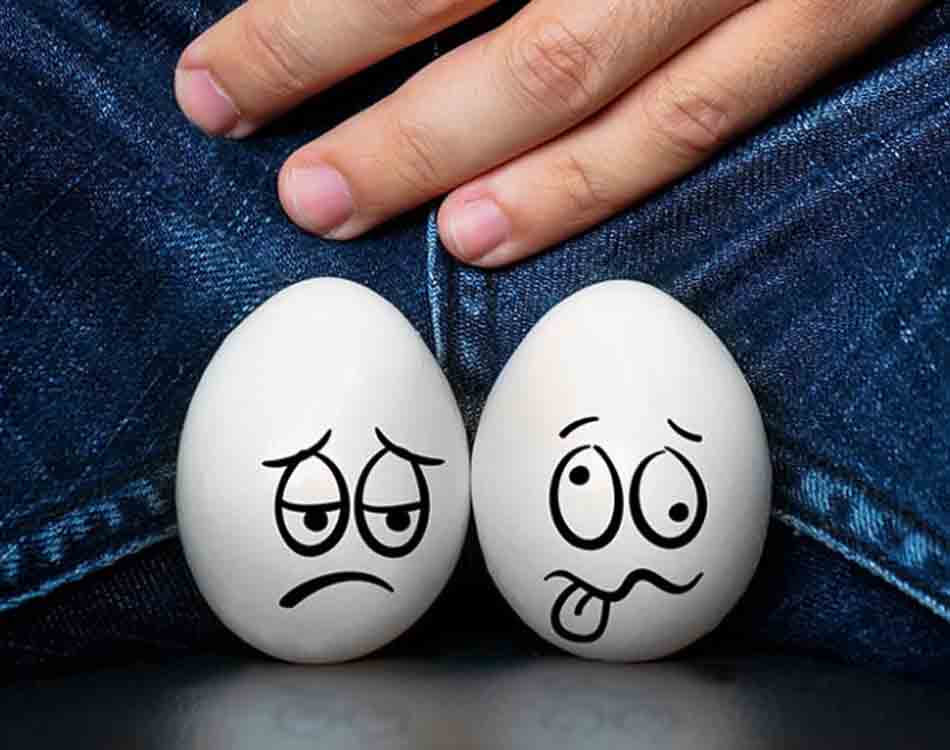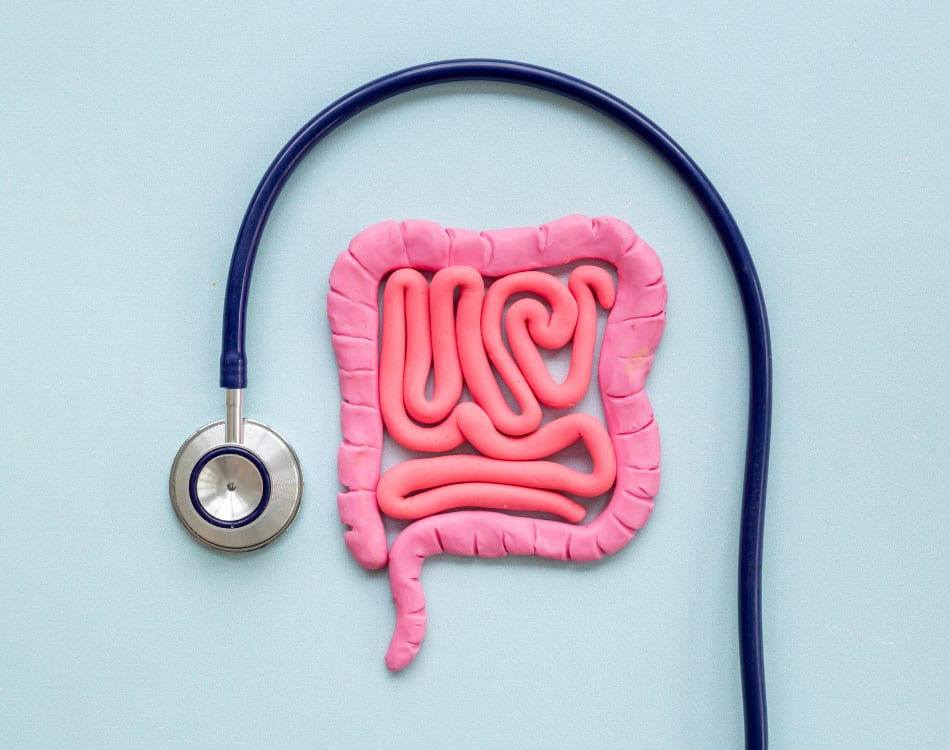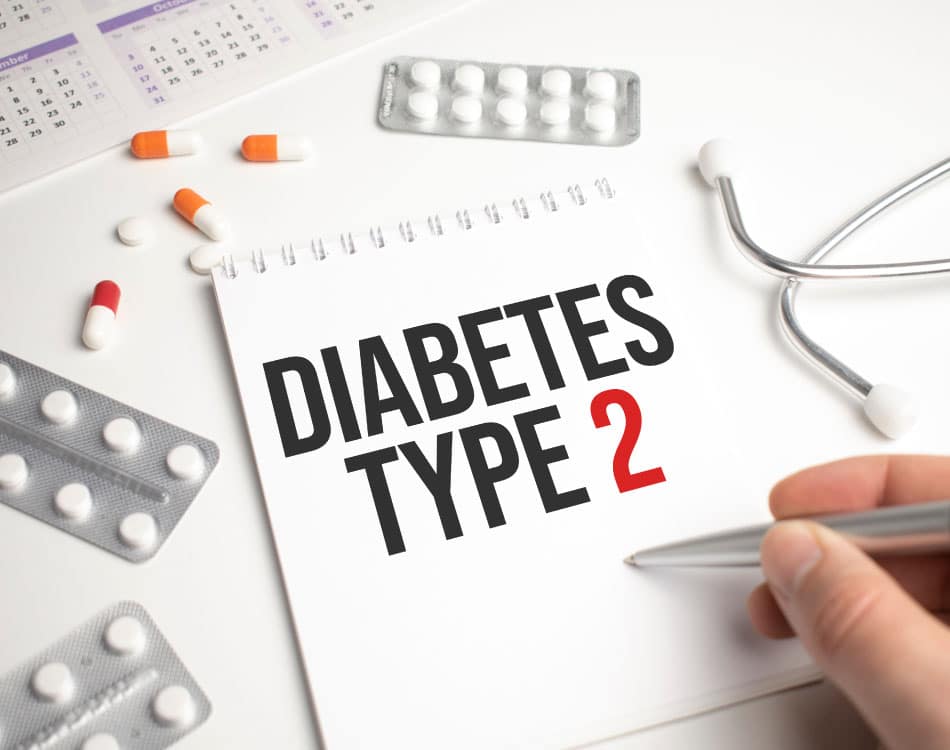Testicular cancer is the most frequently diagnosed cancer in males between 14 and 44, with the annual incidence doubling over the past 40 years, according to recent research.
Although its incidence is increasing, testicular cancer affects less than 10 men in 100 000 with a 2% risk of developing cancer in the other testis within 15 years of initial diagnosis. The survival rate is very high if diagnosed and treated early, according to Dr Nico Lourens from The Urology Hospital, Pretoria.
Testicular cancer defined
Testicular cancer is an abnormal growth or tumour in one or both testes and symptoms include a lump in the testis, testicular pain and discomfort in the groin or scrotum. Males over 14 should self-examine monthly and if a lump is detected, they should urgently see a urologist, said Dr Lourens.
“There are multiple reasons that may be behind a testicular lump and, importantly, not all lumps are necessarily cancerous. Your urologist will do a clinical assessment and an ultrasound is one of the tools we use to identify whether a lump is malignant or not.
Identifying the symptoms
“Often, cancerous lumps are not painful, which is why patients do not seek help at the outset. It is vital that the patient consults a urologist as soon as a lump is detected,” he added.
Research in Italy found that treatment is so effective that 95% of patients record a five years disease-free survival rate. Researches added that genetic, environmental and hormonal risk factors play a role in its development and risk of recurrence.
For example, having a brother or father with a history of testicular cancer increases the risk of the disease by up to 10-fold, while exposure to chemical pollutants with endocrine-disrupting activity may impact on susceptibility to the disease.

















Leave A Comment